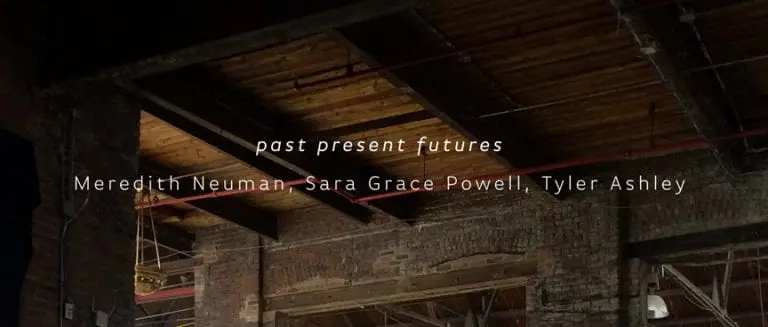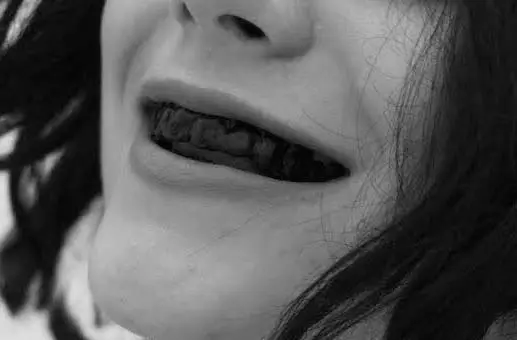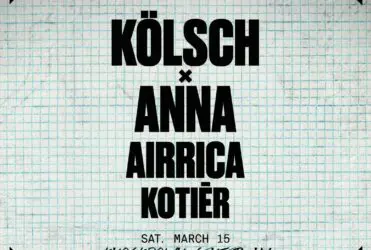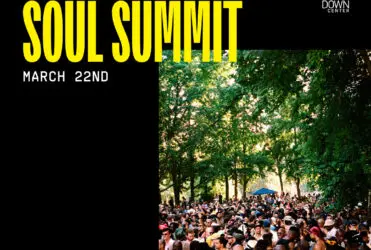Showcased in an evening of performances presented by NYPAC, the New York Performance Artists Collective, past present futures was an experimental presentation curated by Samuel Draxler: over three performances, temporal borders were broken and the seam between times were blurred.
Pierre de Fermat, writing a note in the margin of Diophantus’ Arithmetica in 1637, claimed to have discovered “a truly marvelous proof… which this margin is too narrow to contain.” The historical record is insufficient to verify whether Fermat had actually solved the problem, or if the statement was pure bravado. Scientific methodology, like that of an archeological excavation, allows a form of history to be reconstructed — “now” being a fog that slowly overwhelms access to an unmediated past. The recovered materials, as relics of another time, yield certain information about their production. This information is recovered in spite of its present context. This friction between times is what happens when past and present speak at one another, when they misrecognize each other, when the borders collapse under extravagant claims and counterfactuals, when ghosts brag of feats and historians get their hands dirty. Fictive archeology, mysticism and the occult, ritualized action: these conflicting methods each connect with the present by narrating the past.
For past present futures, Meredith Neuman reprised Witch-hunting: What’s In It For Me?, guiding the audience through the identification and elimination of witches that hide amongst us (no previous experience necessary). Sara Grace Powell lead the audience on a paranormal walking tour along the site’s absent infrastructure. The evening culminated in Ashley’s presentation of an excerpt from KIDNAP ME, a mix of dance, performance, and live drawing that constitutes an “experiment in duration.”
past present futures was held in collaboration with And The Villagers Never Liked You Anyway, an exhibition and archeological survey conducted by Sorry Archive under the direction of Dr. Ulf Hueber.






